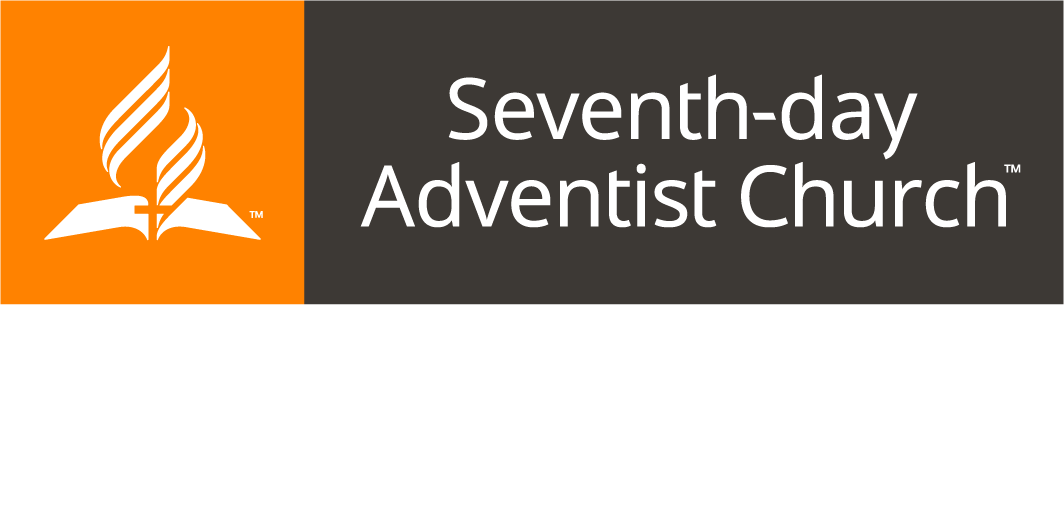By Rob Hansford
Leviticus 25 introduces us to the concept of the Jubilee year. After seven cycles of seven Sabbath years, the fiftieth year was designated as a time to “proclaim freedom throughout the land for all who live there.” This Jubilee year was a sacred time, a reset for the nation of Israel. It was a year when:
- Those enslaved because of debt were freed.
- Land lost because of debt was returned to its ancestral owners.
- The community, fractured by inequality, was restored.
This system of the Jubilee year and the concept of the Kinsman Redeemer ensured that no Hebrew family would be permanently bound in slavery or poverty, and that their inheritance would be preserved.
The Kinsman Redeemer, as described in Leviticus 25, had specific qualifications:
- He had to be a close relative.
- He had to be able to pay the redemption price.
- He had to be willing to pay the redemption price.
We find this principle of the Kinsman Redeemer illustrated in the Old Testament, such as in the story of Ruth and Boaz.
In Jeremiah 32, we encounter the prophet Jeremiah in a difficult situation. Jerusalem is under siege by the Babylonians, and Jeremiah is imprisoned for his prophecies of the city’s destruction.
While in prison, Jeremiah’s cousin Hanamel comes to him, asking him to buy his field at Anathoth. Jeremiah, following the Lord’s instruction, purchases the field, even as Jerusalem faces imminent destruction. This act, seemingly illogical, becomes a powerful symbol of God’s promise to restore the land and His people.
Jeremiah’s actions demonstrated the key characteristics of a Kinsman Redeemer:
- He was a close relative.
- He had the means to buy the land.
- He was willing to buy the land, despite the circumstances.
God’s response to Jeremiah’s purchase is a reaffirmation of His promise to bring His people back to their land and restore them.
These Old Testament themes of redemption and restoration find their ultimate fulfillment in Jesus Christ.
The book of Revelation, chapter 5, gives us a glimpse into a heavenly scene where this is revealed. We see a scroll sealed with seven seals, and the question is asked, “Who is worthy to break the seals on this scroll and open it?”
It is revealed that the Lamb, who was slain, is the only one worthy. This Lamb is Jesus Christ, who willingly sacrificed Himself to redeem us.
Just as the Kinsman Redeemer in the Old Testament acted on behalf of his relatives, Jesus, our Kinsman Redeemer, paid the price for our freedom.
- A close relative: Jesus became human, sharing in our flesh and blood.
- Willing: Jesus voluntarily laid down His life for us.
- Able to pay the price: Jesus paid the ultimate redemption price with His own blood.
Through Christ, we are adopted into God’s family and receive an inheritance.
The Bible, from beginning to end, tells the story of God’s plan of redemption. His desire is to restore His relationship with us, and He accomplished this through the sacrifice of His Son.
In response to this incredible act of love, may we join with all of creation in declaring, “Worthy is the Lamb!” May our lives be a continuous song of praise to our Redeemer.




